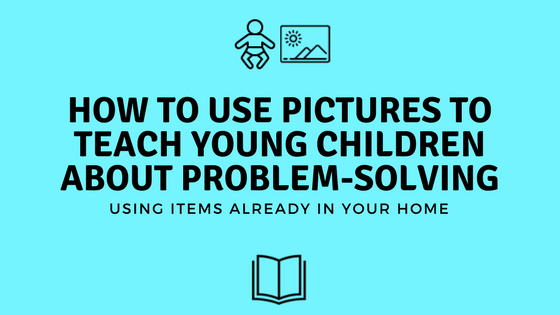To teach our children, we give of ourselves. But how much is the right amount of support?

On this episode of Learn With Less, Ayelet explores what it means to give the “right amount” of support when our young children are learning new skills.
Below is the transcript of this week’s “Developmental Thought,” an excerpt from the full episode.
For additional information, music, play ideas and the complete interactive family experience, please listen to the entire episode.
When trying a new skill, we know that infants and toddlers are more likely to imitate acts they see us doing when those tasks are of moderate difficulty. Research suggests that young children actually analyze the level of difficulty of a task before they even attempt to imitate us!
>>Don’t Miss Our Corresponding Blog Post!<<
Getting Into The Zone
This relates to what is known in the field of psychology as the “zone of proximal development,” or the distance between what a child already knows to that which is completely unknown. When trying a new skill, we know that infants and toddlers are more likely to imitate acts they see us doing when those tasks are of moderate difficulty.
Research suggests that young children actually analyze the level of difficulty of a task before they even attempt to imitate us! This relates to what is known in the field of psychology as the “zone of proximal development,” or the distance between what a child already knows to that which is completely unknown.
Within this “zone,” are activities that interest our young children, and which can be done with guidance and encouragement. When given the appropriate level of assistance, we, the grown-ups, can slowly offer less and less assistance until the child can perform the task independently.
Find The Sweet Spot
This is really important to keep in mind during interactive play moments we spend with our little ones. What we want to do is provide just the right amount of support – I like to call it, “channeling our inner Goldilocks” – not too much, not too little, but trying to find that sweet spot of helping foster independence and learning while feeling loved, supported and secure that makes our little ones feel juuuuust right.
Because they are paying attention – perhaps more so than we are – to how difficult it is for them to do what we’re asking them to do. Obviously, infants and toddlers, just like anybody else, are also going to base their participation in a particular activity on whether or not they actually find it interesting at that particular moment!
Inference and Intention
Let’s get back to our inner Goldilocks. We already mentioned that infants and toddlers are more likely to imitate or attempt new skills when they consider a task to be of moderate difficulty. Research also suggests that toddlers in the 12 – 18-month age range also imitate based on what they think adults intend to do. In other words, they’re already starting to infer what we’re trying to do and why we’re trying to do it.
For instance, we push a button in order to turn on a light! That’s pretty substantial – this is a tiny human who’s likely just learning how to stand on their own two feet… and she is already making social inferences about what our intentions are, starting to understand pretty abstract notions of cause and effect, and anticipating our actions. Another reminder never to underestimate what’s going on in those powerful little brains!
Narration!
So, when you’re performing household tasks, caregiving routines, or playing with your baby, narrate your actions, and tell her your intentions – for instance, “shake, shake, whooooosh! The sheet goes over the bed! Now we’ll finish making the bed.” And if your little one appears intrigued with what you’re doing, or the way you’re ‘playing,’ (say, she watches your movements as you build a tower with blocks, or as you pour water from a cup into a bowl), offer her a turn, while thinking about how to make the task slightly easier or slightly more difficult.
If you see or hear your baby imitate something you did or said, try doing it again, varying it slightly. This may help to keep your baby interested in what you’re doing, and will provide another similar task to imitate and learn from! Assuming she is physically able, your baby will imitate you when she is able and interested. Until then, try to model new ways of doing things – without placing the expectation for her to do them the same way – AND without completely doing them for her, by thinking about ways to simplify or reproduce parts of tasks to encourage her to participate.
References:
G. Gergely, H. Bekkering, and I. Király “Rational Imitation in Preverbal Infants: Babies May Opt for a Simpler Way to Turn on a Light After Watching an Adult Do It,” Nature 415 (February 2002): 755–56.)
Harnick, Frances S. “The Relationship between Ability Level and Task Difficulty in Producing Imitation in Infants.” Child Development 49.1 (1978): 209-12. Web.

